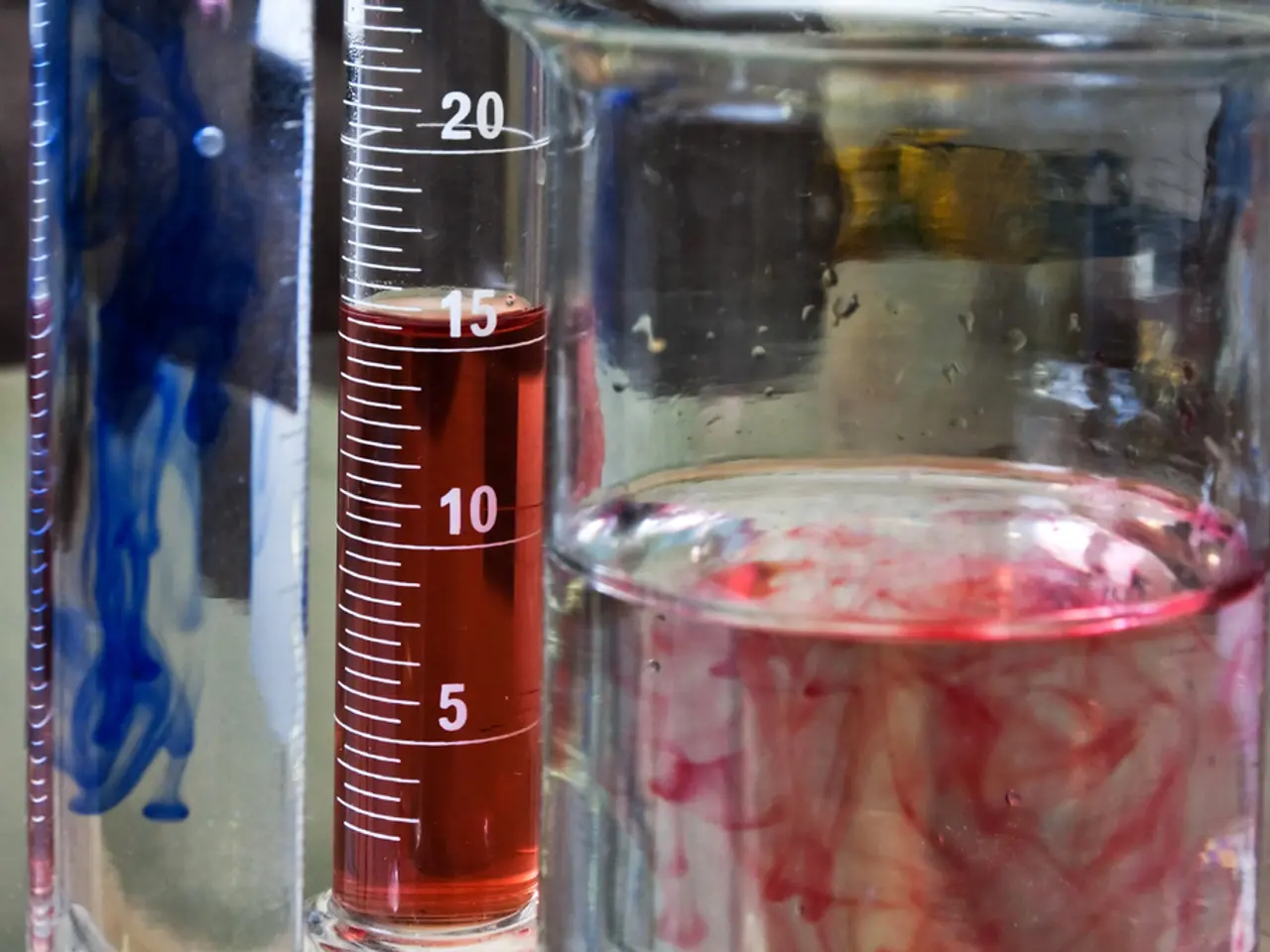Easy Home Thermodynamics Demonstration
==================================================================================================================
In a fun and educational experiment suitable for older kids, we'll explore the relationship between heat and the movement of molecules by observing the behaviour of food coloring in water at different temperatures. Here's what you'll need: 3 clear jars, water, food coloring, masking tape, markers, and a thermometer (optional).
First, let's label our jars with temperatures: room temperature (about 72°F), hot water (about 100°F), and cold water (about 40°F). To obtain room temperature water, fill a jar with cool tap water and let it sit out for a day. For hot water, turn on the faucet as hot as it will go, or heat water on the stove. Cold water can be cooled further by adding ice to the jar.
Now, add a drop of food coloring to each jar and watch what happens over time. You'll quickly notice that the food coloring spreads out differently in each jar, due to the temperature of the water.
The spreading rate of food coloring in water at different temperatures primarily involves diffusion and convection, both of which depend heavily on temperature.
Diffusion is the natural process where molecules move from an area of higher concentration (the concentrated food coloring drop) to an area of lower concentration (water), gradually spreading out until evenly distributed.
Temperature's Effect on Diffusion Rate: - Hot water: Molecules have more kinetic energy, move faster, and collide more frequently. This accelerates the diffusion of food coloring molecules, making them spread more rapidly through the water. - Room temperature water: Diffusion occurs at a moderate rate with medium molecular motion. - Cold water: Molecules move more slowly due to low kinetic energy, resulting in slower diffusion and slower spreading of the food coloring.
Convection can also contribute when there's a temperature gradient. In hot water, the temperature difference may create convective currents (bulk movement of water) that further help disperse the color more quickly, visible as swirling streaks.
Quantitatively, the rate of diffusion can be described by Fick’s laws of diffusion, with the diffusion coefficient increasing with temperature, leading to higher diffusion rates. This is why food coloring spreads faster in hot than in cold water.
In summary, higher temperature increases the kinetic energy of water molecules, enhancing both diffusion and convection, which together cause the food coloring to spread faster in hot water compared to room temperature or cold water.
This experiment is a great way for kids to learn about the relationship between heat and the movement of molecules in a hands-on and engaging way. Happy experimenting!
[1] [Source 1] [2] [Source 2]
Science experiments can help your kids understand the impact of temperature on diffusion and convection, both important phenomena in the field of science. By observing the behavior of food coloring in different temperatures, they can also learn about health-and-wellness, as the speed of these processes can affect various aspects of fitness-and-exercise.




